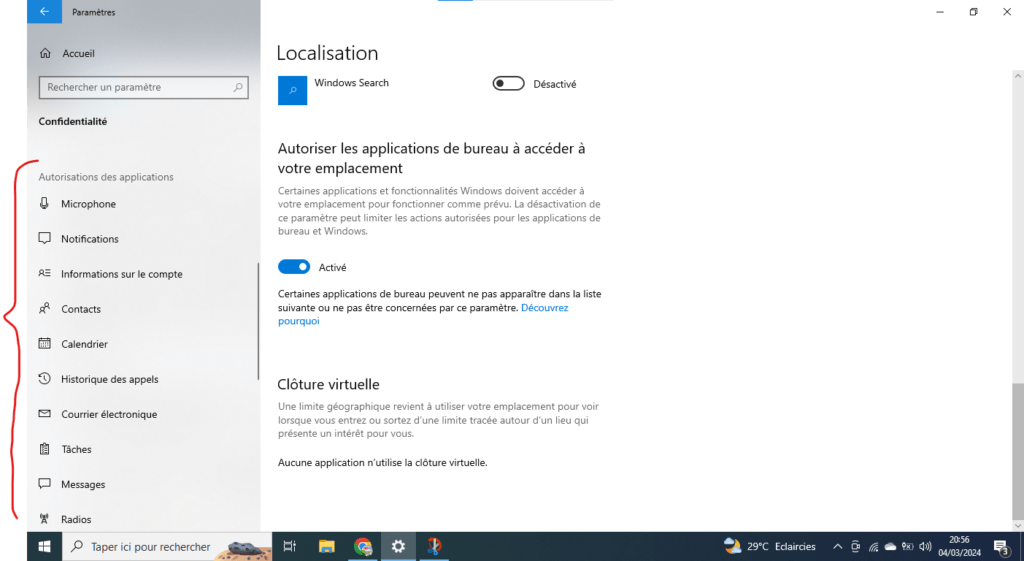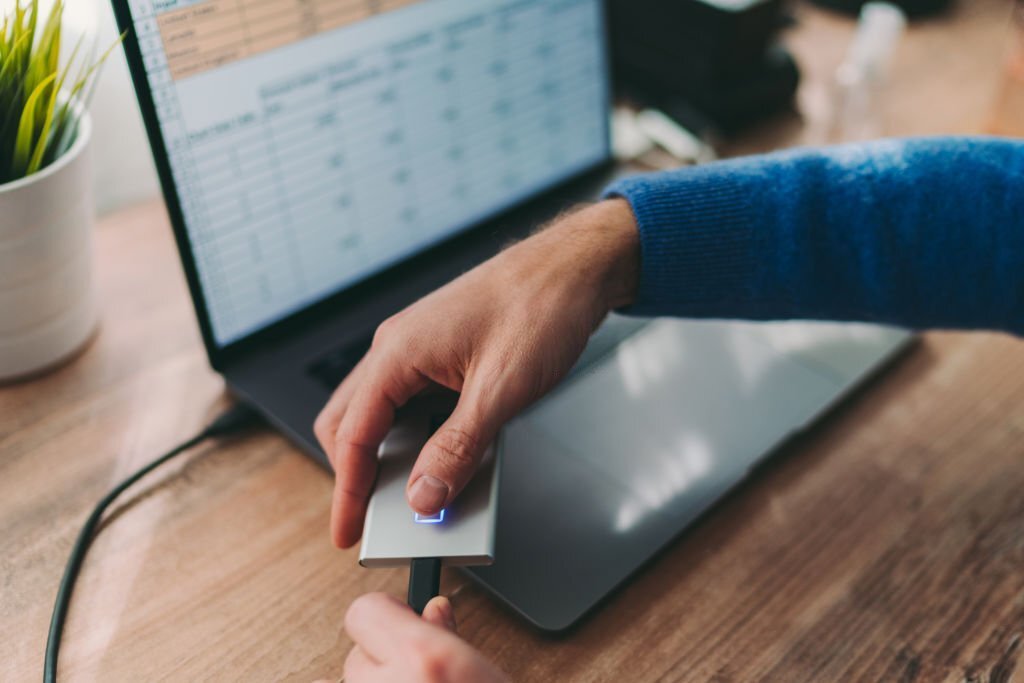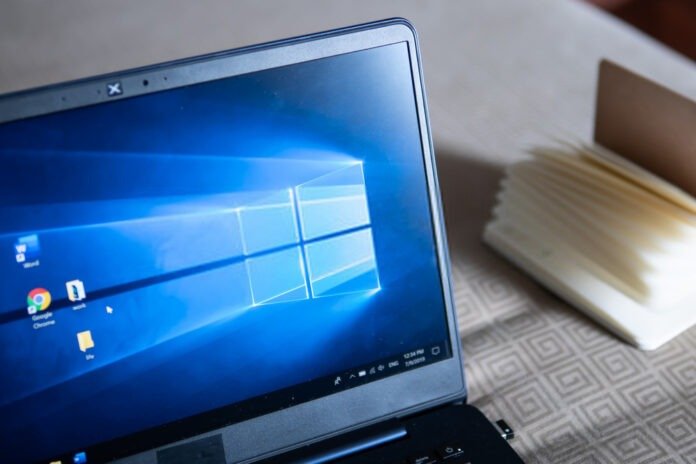Since the advent of Windows 10, the issue of data privacy has become a hot topic. Indeed, Microsoft's operating system collects a significant amount of information about its users by default. Fortunately, there are ways to limit this sharing and regain control of your personal data.
This article offers you a practical guide in 4 steps to improve the confidentiality of your data on Windows . Whether you are a novice or experienced user, here you will find concrete advice and tips for protecting your sensitive information.
1. Manage general privacy settings in Windows 10
Step 1: Access Privacy Settings
- Open the Settings ( Windows + I).
- Select Privacy & Security .
- In the left menu, click General .

Step 2: Opt out of data collection for advertising purposes
- Toggle the Allow apps to use advertising ID for personalized experiences to Off .
- Uncheck the Allow Windows to track application launches to improve Start menu and search results box .

Step 3: Turn off personalized suggestions
- Toggle the Show content suggestions switch in the Settings app to Off .
- Toggle the Show content suggestions in the Start menu and taskbar switch to Off .

2. Control access to location data
Windows 10 may collect information about your geographic location. If you don't want Microsoft to share this data, you can turn off location for all apps or for specific apps.
To do this,

Step 1: Access Privacy Settings
- Open the Settings ( Windows + I).
- Select Privacy & Security .
- In the left menu, click Location .

Step 2: Turn off location for all apps
- Location Services switch to Off .

Step 3: Turn off location for certain apps
- Scroll down and select Choose which apps can access your exact location .
- Go through the list of apps and turn off the switch for apps whose location you don't want to share.
3. Limit access to your personal data
Windows 10 lets apps access your personal data, such as your name, email address, and photos. You can choose to limit this access by selecting which applications can use each type of data.
To do this, follow these steps:
Step 1: Access Privacy Settings
- Open the Settings ( Windows + I).
- Select Privacy & Security .
- In the left menu, click Application Permissions .
Step 2: Choose which apps can access your data
- Select the type of data you want to manage (for example, Camera , Microphone , Contacts ).
- Go through the list of apps and turn off the switch for apps that you don't want to access this type of data.

Remarks :
- Disabling access to data may prevent certain applications from functioning correctly.
- You can also choose not to allow apps to access your data by default. To do this, toggle the Allow apps to access your data to Off at the top of the page.
4. Turn off diagnostics and feedback
Windows 10 sends diagnostic data and feedback to Microsoft to improve its products and services. If you do not want to share this data, you can deactivate it.
Additional Tips for Enhancing Privacy
- Use a local Microsoft account : A local Microsoft account does not require an Internet connection and does not share your personal data with Microsoft.
- Encrypt your hard drive : Encrypting your hard drive protects your data from unauthorized access.

- Use a privacy-focused web browser : Some web browsers, such as Firefox and Brave, collect less data than Microsoft Edge.
- Install security and privacy extensions : Browser extensions, such as Privacy Badger and uBlock Origin, can block trackers and ads.
Conclusion
By following the advice in this article, you can significantly improve your data privacy on Windows and reduce the risk of having your Windows locked . Remember that protecting your personal data is an individual responsibility. Be vigilant and take necessary steps to protect your sensitive information




